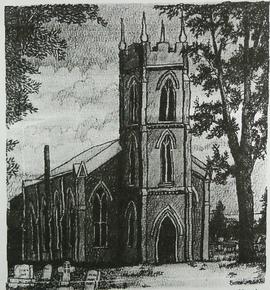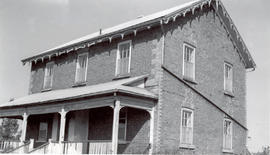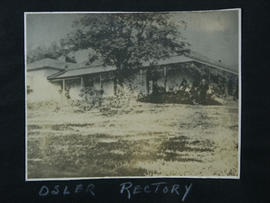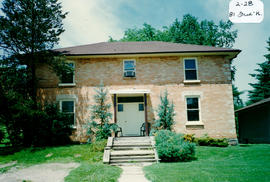Event Date : Saturday, October 22, 1955
Event Type : Death
Description : One of West Gwillimbury's oldest residents, Mr. Jesse Copeland, passed away on Saturday, October 22, in his 85th year. Mr. Copeland had been in failing health for a considerable time. Mr. Copeland was a farmer, farming on Concession 8, West Gwillimbury, until about ten years ago when he moved to Bond Head. He was a member of the Anglican Church and in politics he was a staunch Conservative. In 1902 he married Emma Bell, who, with a family of three sons and five daughters, survives him. The family are Russell of Newton Robinson, Mrs. Jos. Pulford (Lillian) of Weston, Olser of Hillsdale, Mrs. Calvin Ireland (Annie) of Everett, Norman of Alliston, Mrs. Donald McArthur (Amy) at home, and Miss Dorothy of Toronto. One sister, Mrs. James Forgan, of Toronto, also survives. The funeral took place on Monday afternoon from Holy Trinity Church, Bond Head, with the rector, Rev. C. R. P. Hearn, conducting the services. Interment was in St. John's Cemetery, Tecumseth.The pallbearers were six grandsons, Lawrence Copeland, Bill McArthur, Charles Ireland, Bob Pulford, Clarke Pulford and Bill Pulford.







